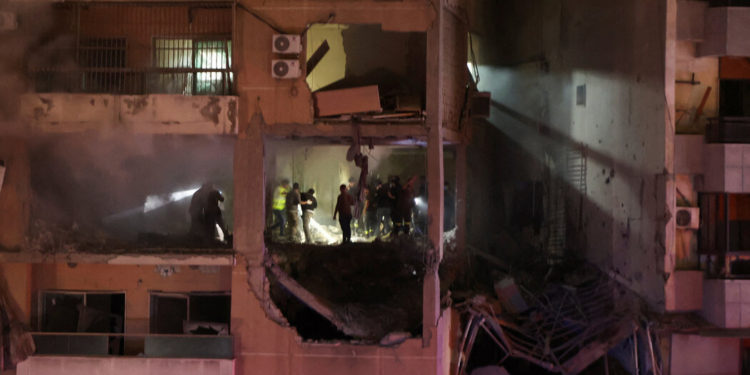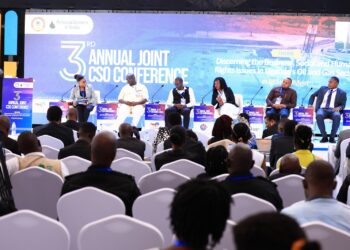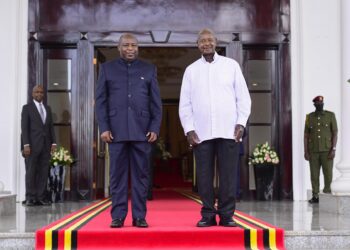By THE NEW YORK TIMES
A blast in Beirut killed a senior Hamas leader
The deputy leader of Hamas, Saleh al-Arouri, and two leaders of its armed wing were killed in an explosion in Lebanon yesterday, the group said on its official Telegram channel.
The three died in what Hamas described as a “Zionist raid” in a suburb of Beirut, the capital of Lebanon. Videos from the scene verified by The New York Times showed at least one car engulfed in flames in front of a high-rise building as dozens of people gathered in the area. Two U.S. officials said that Israel was responsible for the strike.
Lebanon’s caretaker prime minister, Najib Mikati, blamed Israel for the attack, condemning what he called an attempt to drag Lebanon into “a new phase” of the conflict that so far had been confined only to the southern border region.
Background: Al-Arouri, who was accused of masterminding attacks on Israel, was one of the founders of Hamas’s military wing, the Qassam Brigades, and had helped usher in a closer relationship between Hamas and Hezbollah, the Iran-backed militia in Lebanon.
A ‘miracle’ in Japan after a jet exploded in flames
A Japan Airlines plane collided with a Japan Coast Guard aircraft while landing at Haneda Airport in Tokyo yesterday, causing the passenger jet to burst into flames. Five Coast Guard members were killed.
However, the airline said that all 367 passengers and 12 crew members on its plane were safely evacuated, according to the country’s public broadcaster. “It was a miracle that all the passengers got off,” one aviation expert said.
The Coast Guard members had been en route to deliver supplies to the region affected by the powerful earthquake that struck western Japan on Monday, an official said. The death toll from the quake rose to at least 55 yesterday, the authorities said.
Long-term investments lag in India
India’s economy is booming. Stock prices are through the roof, and the government’s investment in airports, bridges, roads and clean-energy infrastructure is visible almost everywhere. India’s gross domestic product is expected to increase 6 percent this year — faster than that of the U.S. or China.
But there’s a hitch: Investment by Indian companies is not keeping pace. The money that companies put into the future of their businesses — for things like new machines and factories — is stagnant, and the lull in long-term investment is hampering India’s growth.
What’s next? At some point soon, the government will need to reduce its extraordinary spending, which could weigh on the economy if private sector money doesn’t pick up.
THE LATEST NEWS
Asia Pacific
With climates ranging from the snowy Japanese island of Hokkaido to the tropical forests of Malaysia, Asia offers a wide variety of wintertime delights. We collected five great festivals taking place this season. They include opportunities to catch a trout on a frozen South Korean river, witness a fiery ritual of pain and hope in Taiwan or find cold-weather bliss in a Japanese snow maze.
Lives lived: Peter Magubane, who documented the cruelties of white South African rule, died at 91.
Anime is going digital and fans are worried
Hayao Miyazaki, a founder of the animation house Studio Ghibli, is one of the last practitioners of hand-drawn animation. Though much of his recent release, “The Boy and the Heron,” was illustrated with pencil and paint on paper, the movie — like virtually every modern anime film — makes extensive use of computer animation.
Some newer anime films, including “Dragon Ball Super: Super Hero” and “The First Slam Dunk,” were produced using traditional 2-D animation and 3-D models. The results look a bit like a video game and are indicative of an industrywide shift.
But while these recent films have garnered success at the box office, the change has stirred a passionate debate among hard-core fans, who complain about bad visuals and the look of computer-generated animation.







Discussion about this post